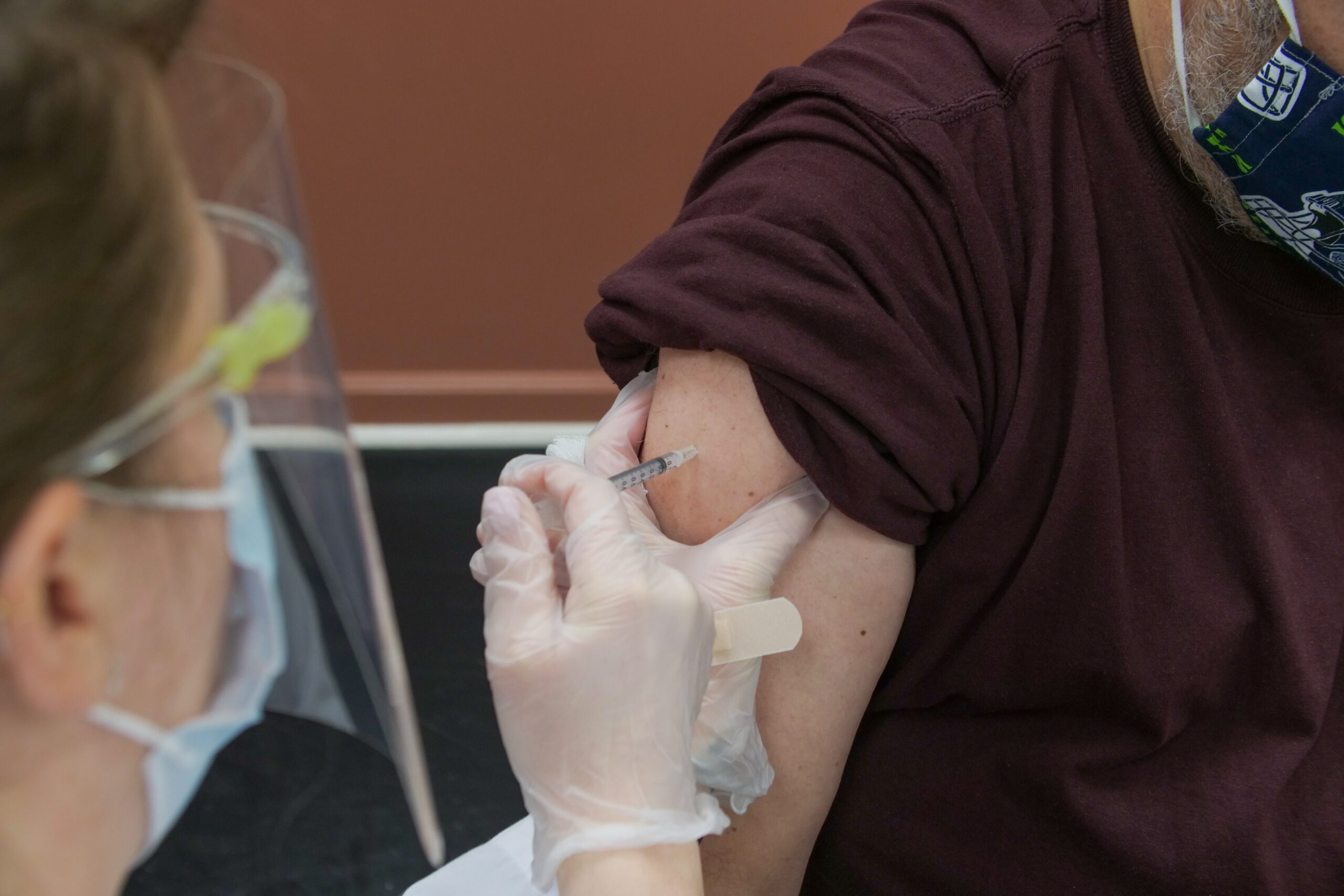Vaccines are currently under development in order to control the infections from SARS-Cov-2. The results of Phase 1-2, with 805 participants in the Johnson & Johnson vaccine candidate clinical trial, were published in the New England Journal of Medicine. In this multicenter, placebo-controlled, phase 1–2a trial, the authors wanted to determine the safety and reactogenicity of the above vaccine. Ad26.COV2.S, is a recombinant, replication-incompetent adenovirus serotype 26 (Ad26) vector encoding a full-length and stabilized SARS-CoV-2 spike (S) protein. The participants were randomly assigned healthy adults between the ages of 18 and 55 years (cohort 1) and those 65 years of age or older (cohort 3) to receive the Ad26.COV2. Single vaccine at a dose of 5×10^10 viral particles (low dose) or 1×10^11 viral particles (high dose) per milliliter or placebo in a single-dose or two-dose schedule. Interestingly, all subjects are randomized using a 1:1:1:1:1 ratio to one of five vaccination groups: low dose followed by low dose, low dose followed by placebo, high dose followed by high dose, high dose followed by placebo, and placebo followed by placebo. The above randomization schedule allowed authors to retrieve information for either the two doses scheme or/and the single one.
By day 29 after the first dose of the vaccine, 90% of all participants had produced neutralizing antibodies (those that are expected to stop the infection of the cells by the virus). The results also showed that two months after the first dose all participants had antibodies. Levels of these antibodies remained stable for at least 71 days. Neutralizing antibodies were detected in 90% or more of participants on day 29 after the first dose of the vaccine. They reached 100% of participants on day 57, with a further increase regardless of vaccine dosage or age group. Antibody titers remained stable until day 71 at least. On day 14, cellular responses (CD4 + T-cells) were also detected in 76-83% of younger participants and 60-67% of the elderly.
The most common side effects reported after the first dose – at all ages – were fatigue, headache, myalgia and injection site pain. The most common systemic side effect was fever. ^superscript^ were less common in participants 65 years of age and older than in those who received the low-dose dose and in those who received the high-dose vaccine. The vaccine is safe and it seems that even with a single dose it produces a promising response due to antibodies – but also an immune cellular response – with minimal side effects, both in young and old age. The question is whether the levels of the immune response elicited by a single dose provide us with complete protection. This question will be answered with the results of the Phase 3 clinical trial. Phase 3 data for the candidate vaccine are expected at the end of January 2021. However, as this phase of the clinical trial depends on the incidence of disease in vaccinated patients, the time seems ideal. With the pandemic raging, they are expected to record the incidental events – which is defined by the study protocol – quickly.





